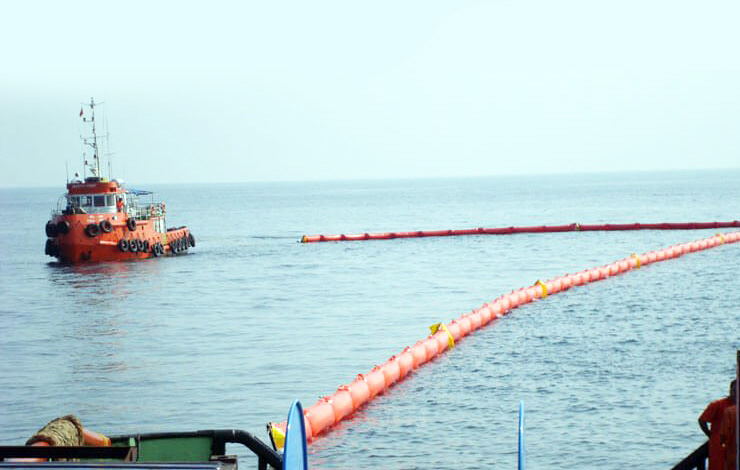With Guyana and Suriname sharing a close border, either country can face devastating effects should an oil spill occur on either side. Considering this, APA Corporation is mulling a cross-border communication protocol with Guyana to prepare for such an incident.
APA Suriname holds a 50% stake in Suriname’s Block 58.
“Though our operations in the region are entirely located within Suriname, we have also proactively coordinated with local and state agencies in neighbouring Guyana, which shares a maritime border with Suriname and could potentially be affected by a spill from our operations,” APA outlined in its 2022 Sustainability Report.
APA hoping for jackpot 17 miles north of Maka discovery offshore Suriname | OilNOW
The company said it aided the Surinamese government in the development of its National Oil Spill Contingency Plan. Guyana also has its own Plan, operationalised in January 2021.
In addition, APA Suriname said it also entered a Mutual Aid Memorandum of Understanding with local exploration and production companies in the Suriname/Guyana areas to make the industry’s collective expertise and technology available in oil spill preparedness and response.
The company per regulatory requirements, has memberships with Clean Gulf Associates, National Response Corporation, Wild Well Control and Oil Spill Response Limited; the latter two organisations provide APA with global access to several capping stacks and the ability to mobilise two of them in the event of an incident.
Effective Guyana-Suriname cross-border oil spill response crucial to region | OilNOW
The capping stacks are strategically stored in five international locations — the U.K., Brazil, Norway, Singapore and South Africa — and are ready for immediate use and transportation by sea and/or air in the event of an incident.
But the possibility exists for APA to utilise Guyana’s capping stack when it becomes available.
A key provision in ExxonMobil’s permit for the massive Yellowtail project offshore Guyana requires the company to have a capping stack maintained, tested, and stored in country.
And this, according to Minister of Natural Resources, Vickram Bharrat, would make Guyana the only oil-producing nation in the region to have one readily available should there be a well blowout miles offshore.
Capping stacks were created post the Gulf of Mexico, Macondo incident; it is placed over the blown-out well as a cap to stop or redirect the flow of hydrocarbons and to buy time for engineers to permanently seal the well. And these are not needed when drilling; they merely act as a centerpiece of a containment system kept in readiness at an onshore location, only deployed if the subsea blowout preventer fails to serve its purpose.
Capping stacks are massive and can weigh as much as 50 to 100 tons, presenting logistical challenges in quickly transporting them to the emergency occurring at the blown-out offshore well. According to Mr. Bharrat, it would take at least 10 days to import the device.
That 10-day wait could be disastrous in the case of an oil spill.




